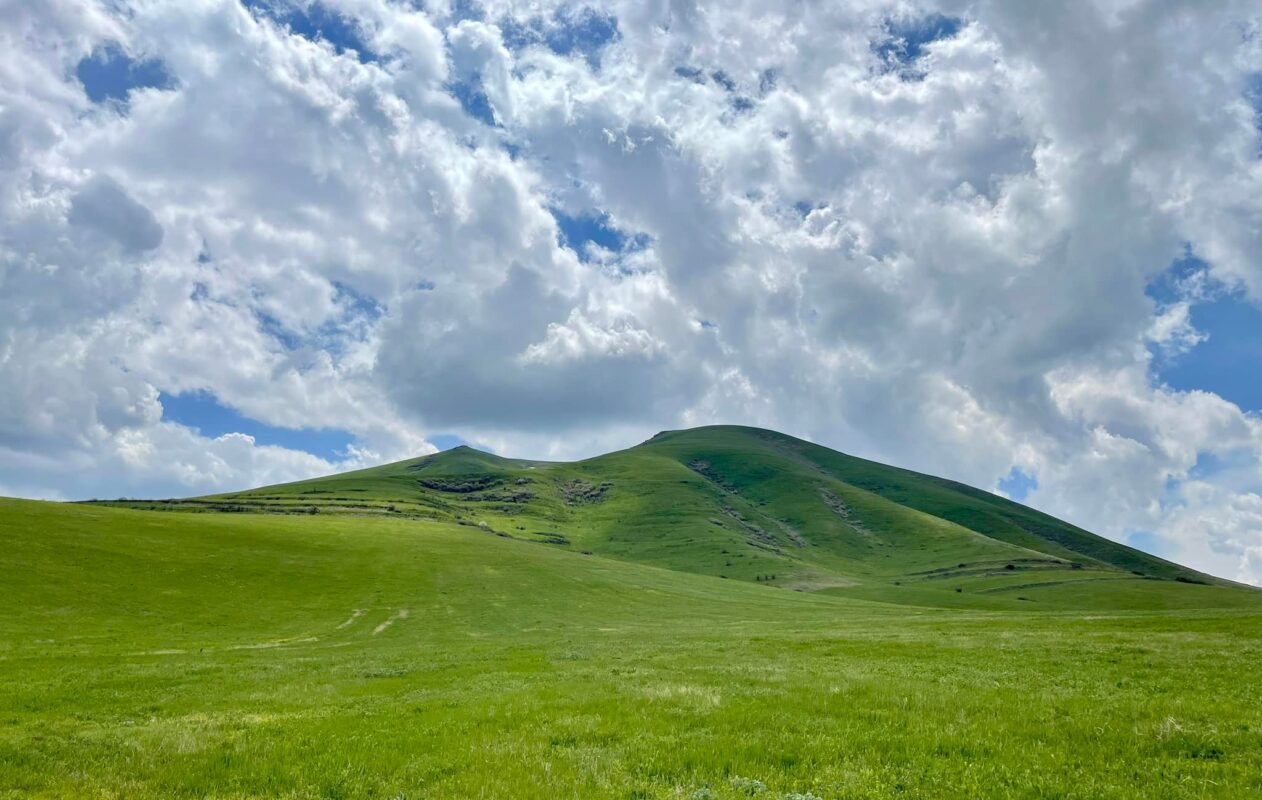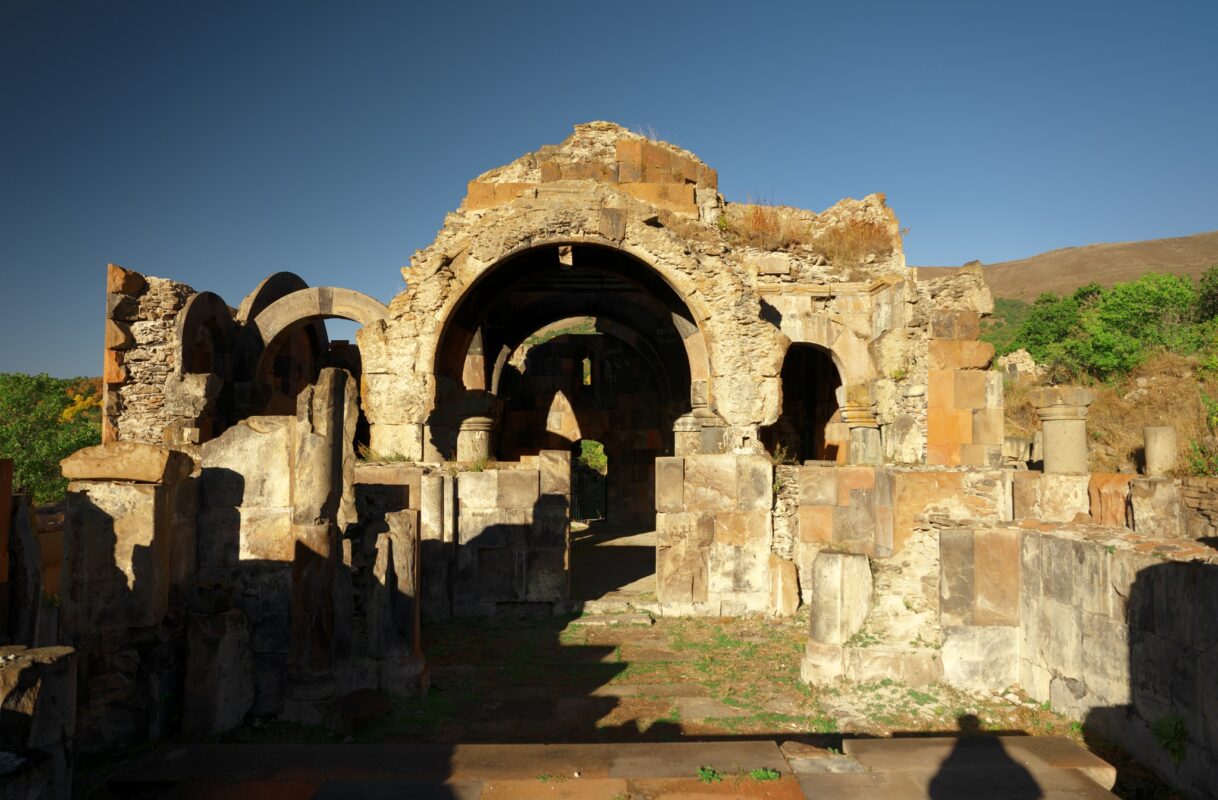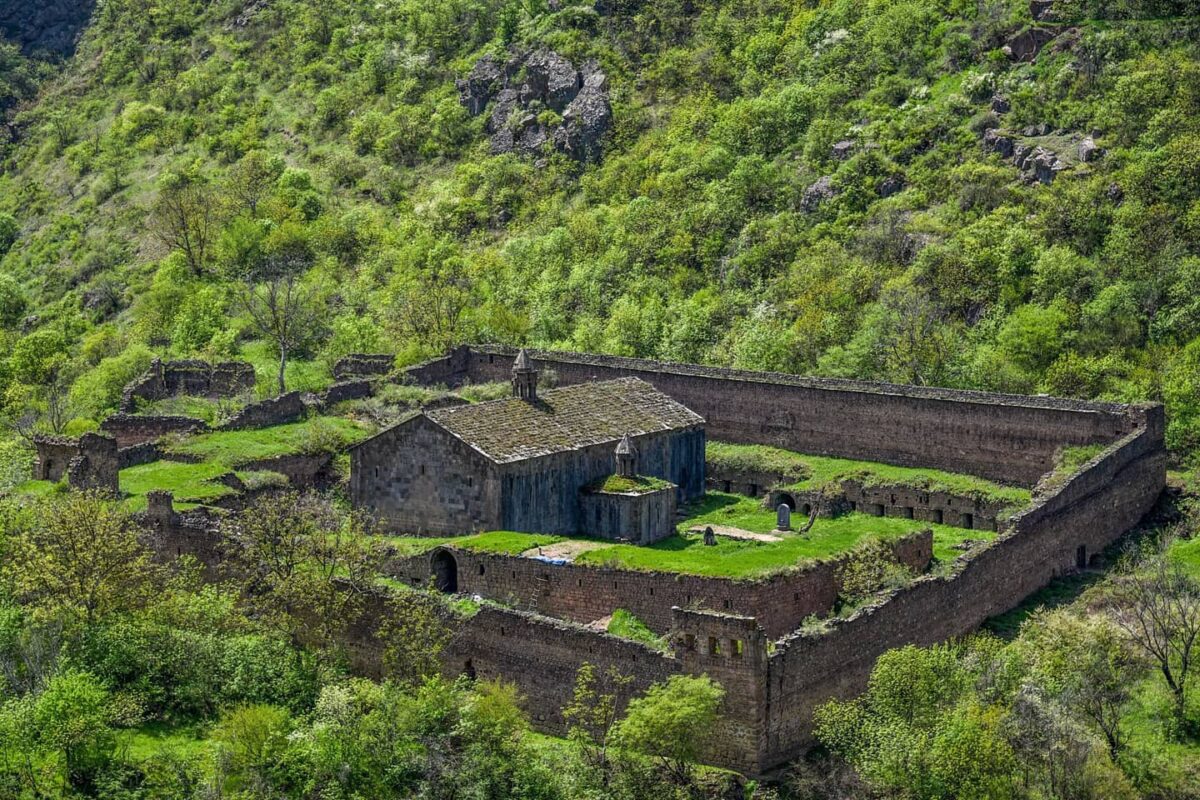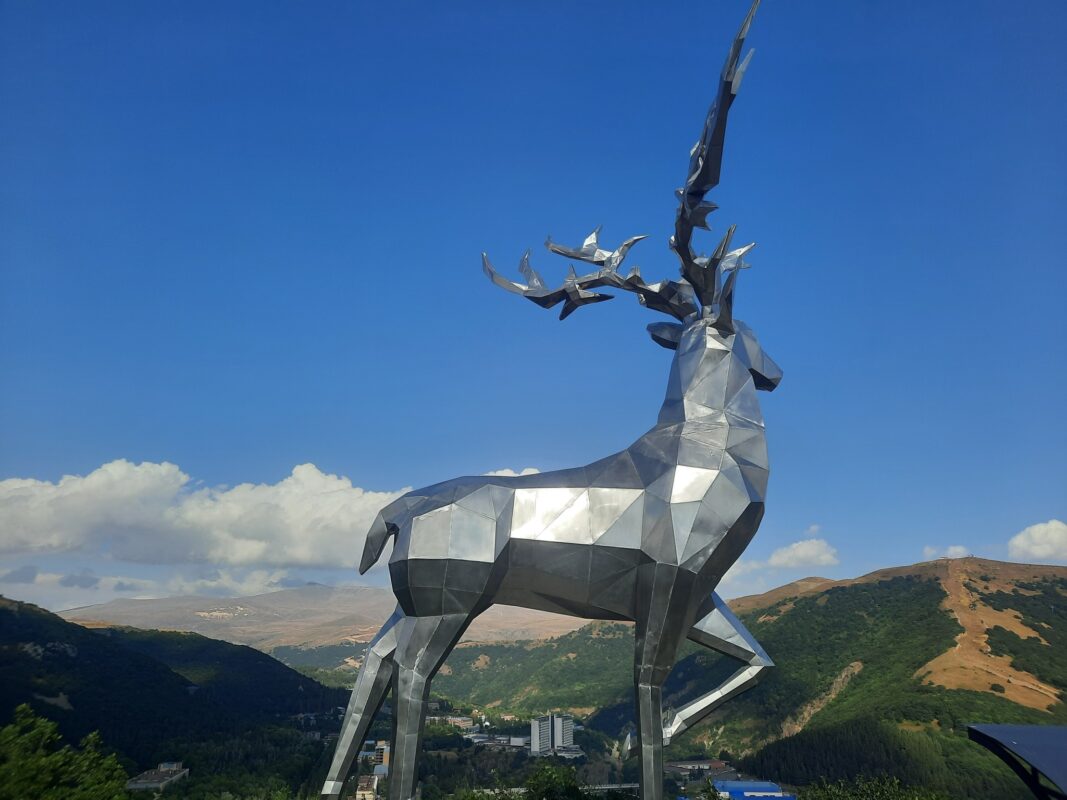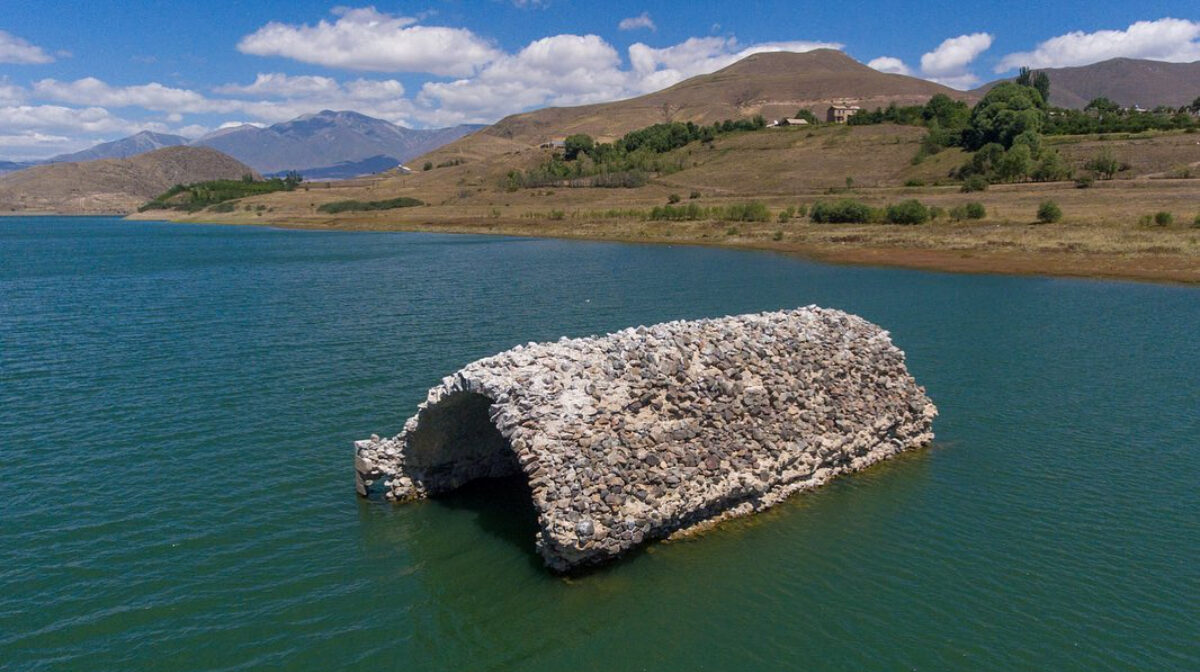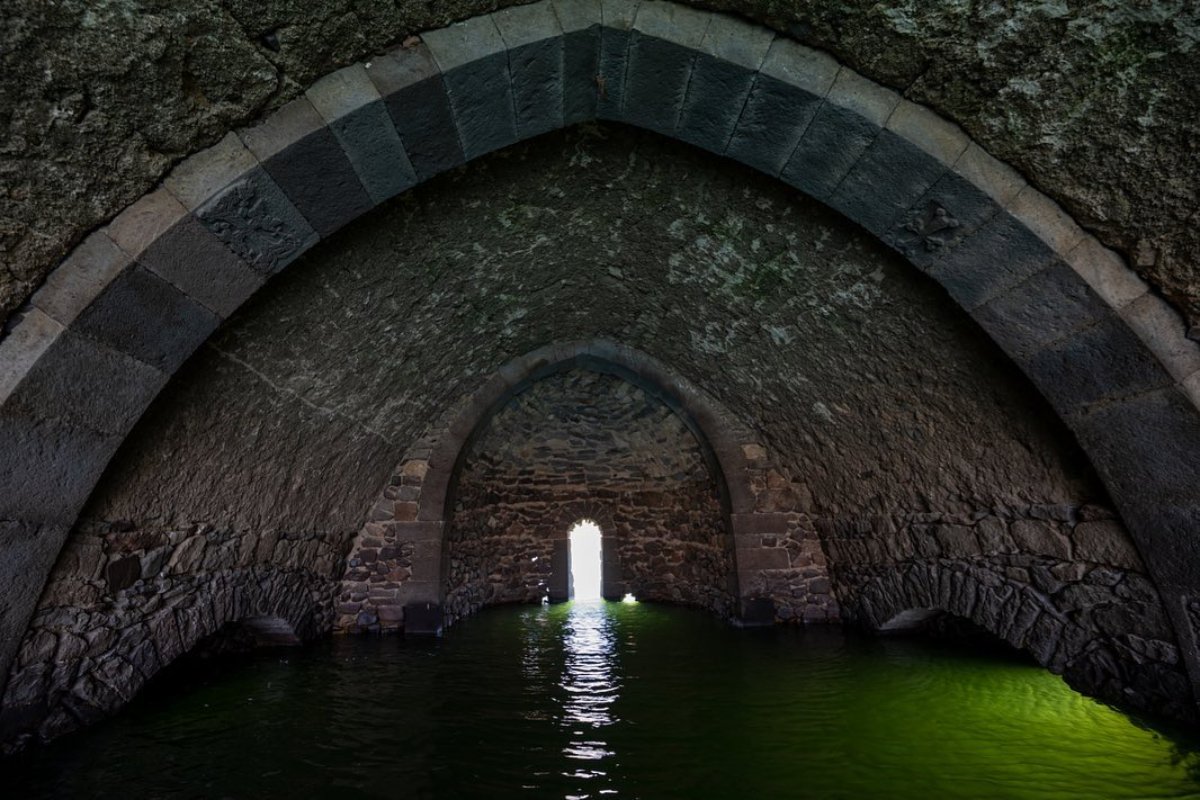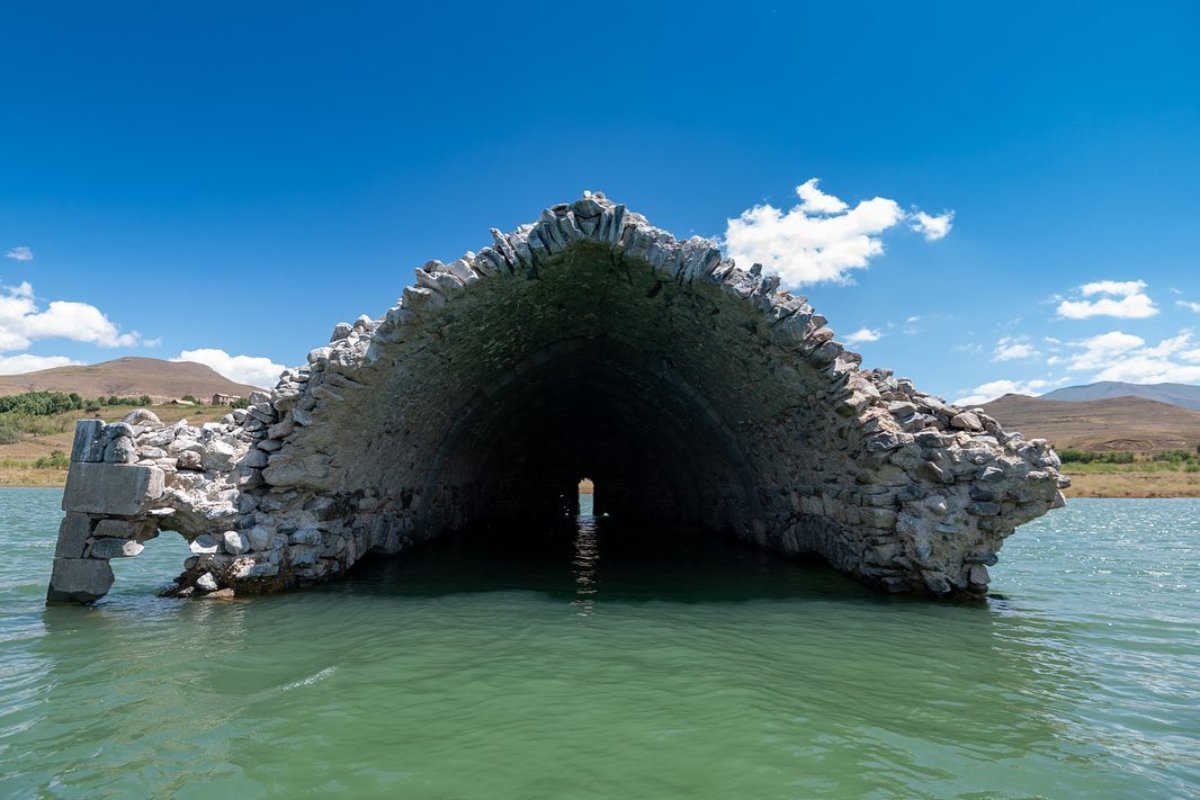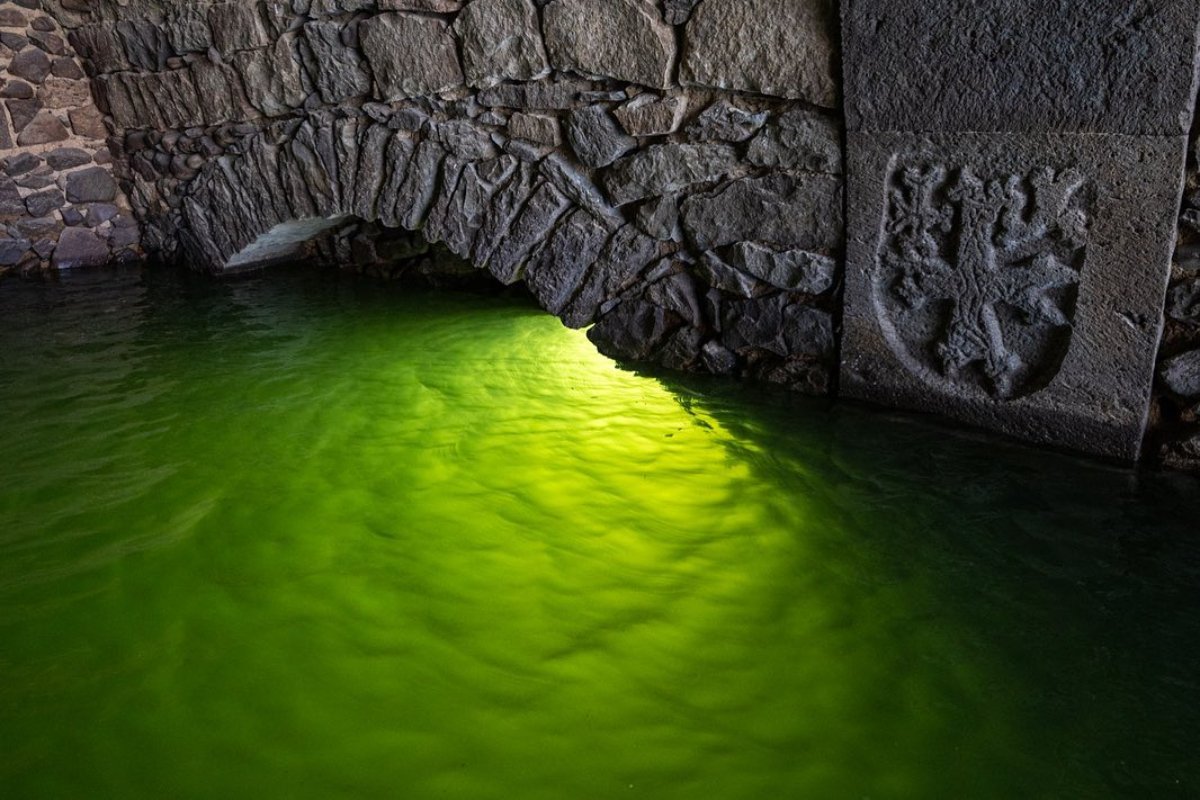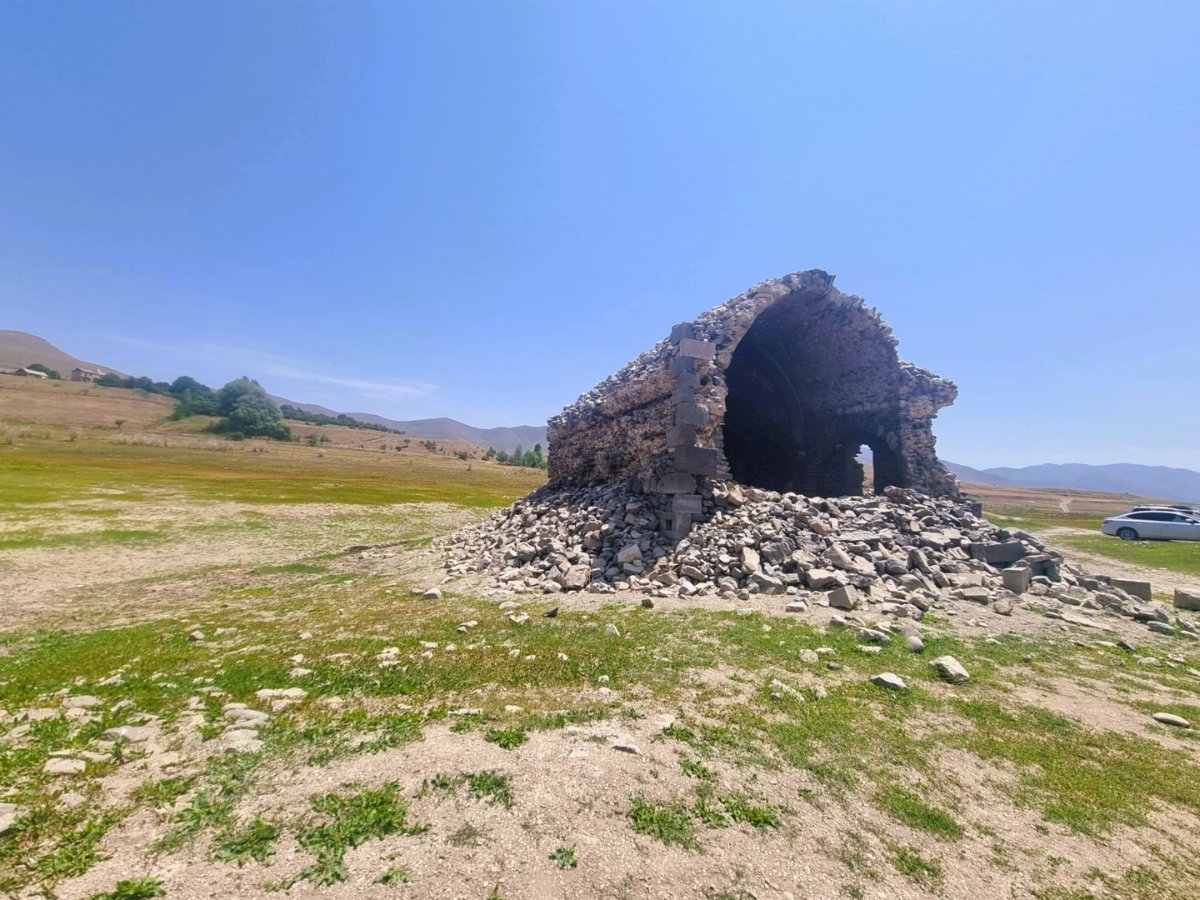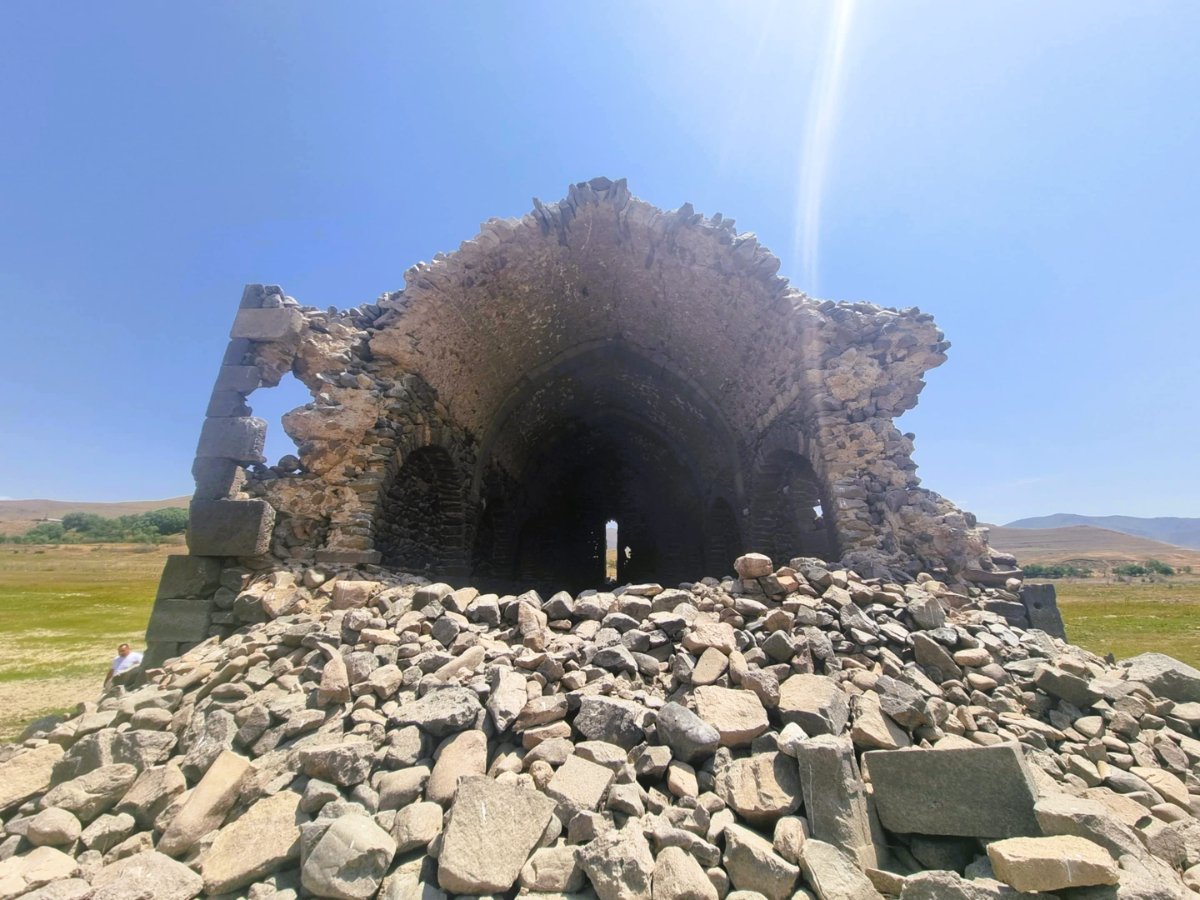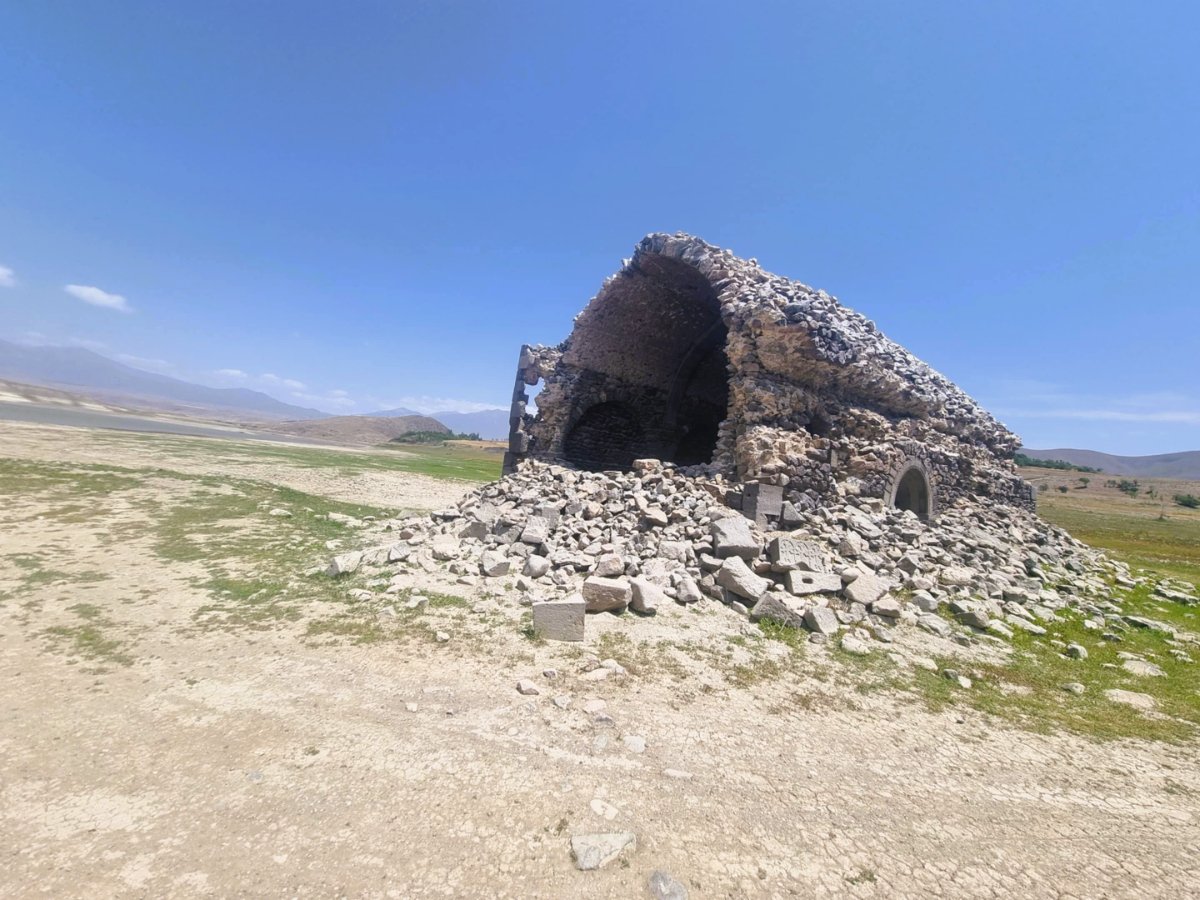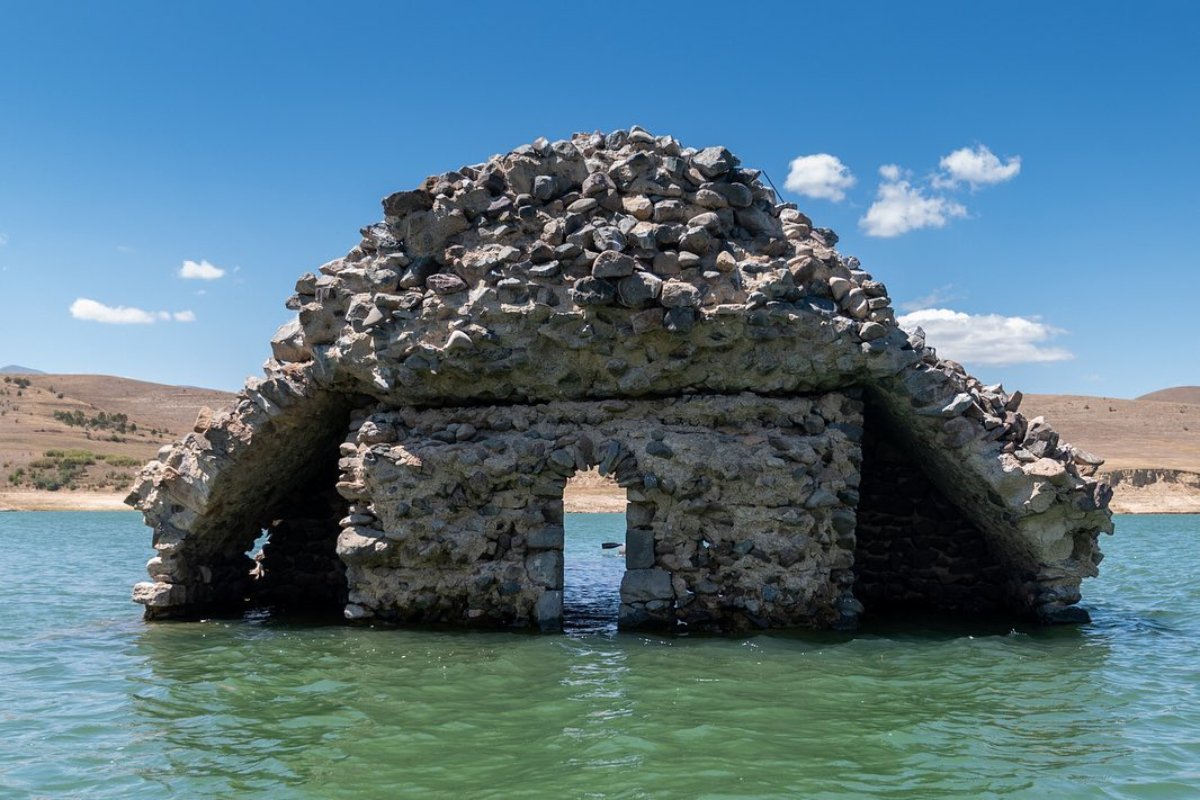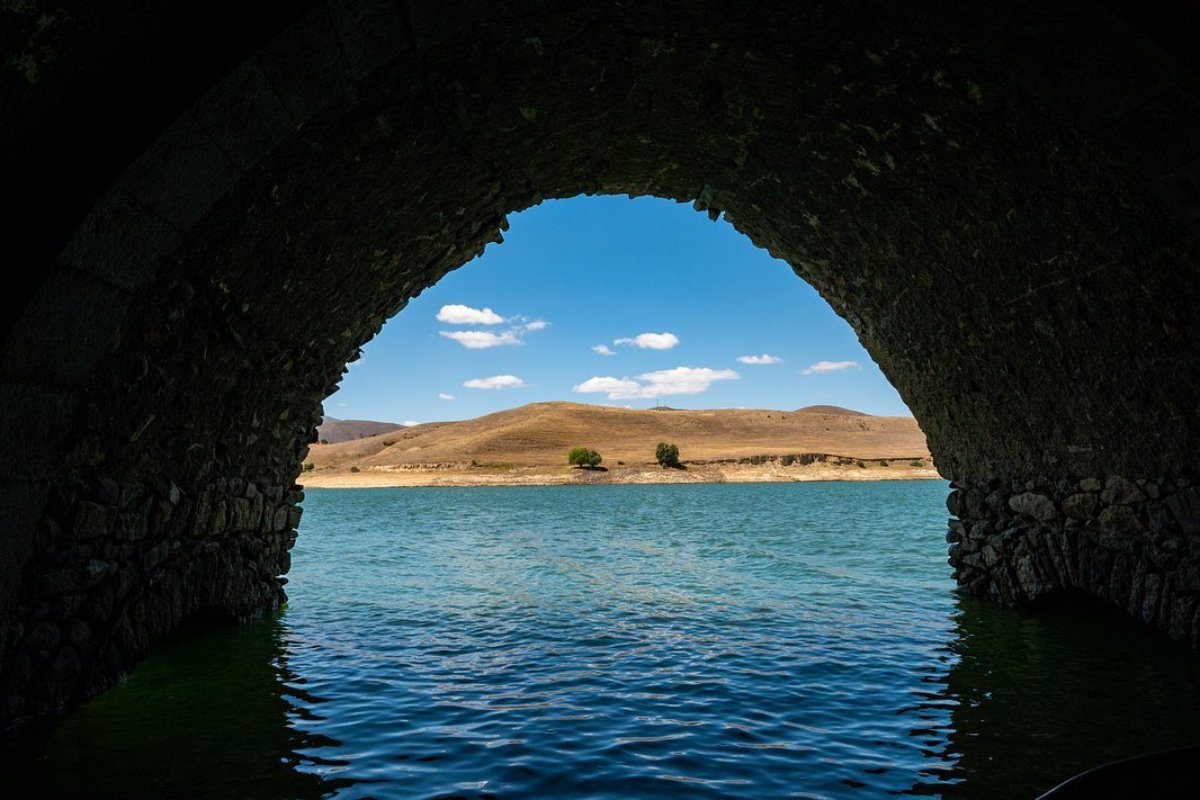Latest Listings
Related Listings
Close To You
St. Hripsime Church of Tolors
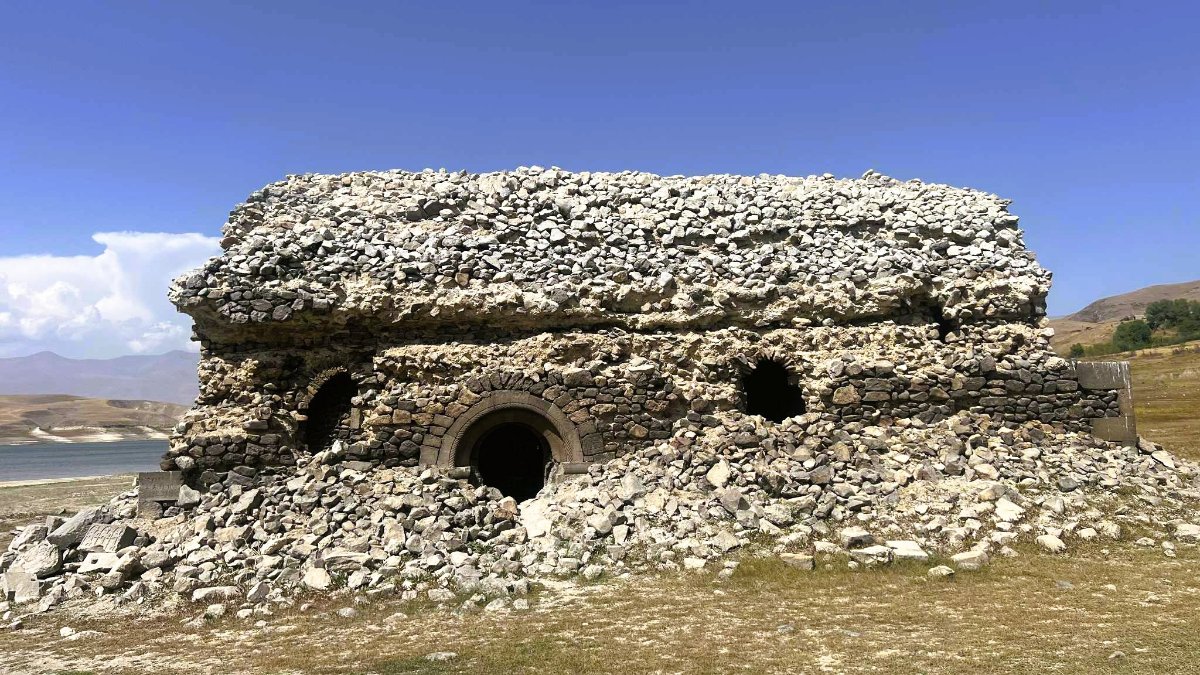
Church
1760 m
Cultural
Medium
VISITOR INFORMATION
📍 Location: Tolors Village, Syunik Province, eastern shore of Tolors Reservoir
🌐 Coordinates: 39.50° N, 46.07° E
🕰️ Date of construction: 1861 (some sources suggest the second half of the 16th century)
🌿 Best time to visit: July-September, when the water level of the reservoir drops
🛤️ How to get there: To visit the church, one must reach the shore of Tolors Reservoir. The route is accessible only in the late summer months, when the water recedes, allowing visitors to approach the structure. From this point, the church can be reached either by boat or on foot, depending on the water level.
OVERVIEW
Saint Hripsime Church of Tolors is a rare historical and architectural monument. It stands in the location of the old Tolors village, now submerged under the reservoir built during the Soviet era. For most of the year, the church is covered by water, and only in late summer, when the water recedes, can visitors approach and admire it.
ETYMOLOGY
According to researchers, “Tolors” in classical Armenian translates as “many twists,” reflecting the winding nature of the path leading to the village.
TOLORS VILLAGE
Tolors is located in Syunik Province, about 10 km from the town of Sisian, at an altitude of 1760-1800 meters above sea level. The old village is now submerged beneath the reservoir, while the new settlement stands on its shore. The area has been inhabited since ancient times, as evidenced by archaeological finds in the old village site, including late Bronze Age and early Iron Age burials with gold ornaments and bronze figurines. Throughout the Middle Ages, Tolors endured numerous wars and invasions, resulting in periods of abandonment. The current residents’ ancestors settled here approximately 300 years ago, coming from Artsakh and the Iranian town of Makunq.
HISTORY
According to local tradition, Saint Hripsime Church was built in the 1860s by the Ter Minasyan family, who were the village’s spiritual leaders at the time. Some historical sources suggest that the church is older, and the 19th-century reconstruction simply reinforced the structure. In the 1970s, Soviet authorities decided to construct a reservoir on the site of old Tolors village, submerging its houses and the church. After the reservoir’s creation, with the support of the Soviet Armenian Monuments Preservation Foundation and the local community, the khachkars (cross-stones) and the lintel from Saint Hripsime’s church-often regarded as its “signature”- were moved to the village cemetery. Over the years, the church has withstood the effects of the water, while nearby Ashotavan village’s old settlement and church were destroyed. Locals recall that during low water levels, both churches could be seen, but only Saint Hripsime survived.
ARCHITECTURE
The church is notable for its simple yet robust architectural design, particularly remarkable considering its long submersion. Built in traditional stone masonry, its walls were reportedly reinforced with egg-based plaster, giving them exceptional durability against water. The church’s main floor plan is rectangular, topped with an arched ceiling, creating a harmonious interior space where light and shadow play highlights the grandeur and spiritual strength of medieval Armenian architecture. The surrounding khachkars and inscriptions indicate the structure’s medieval origins.
TOURISM
Visiting Saint Hripsime Church depends on the season. In the hot summer months, when water levels drop, visitors can approach the church on foot or by boat, often accompanied by locals who organize small tours. The visit offers a unique opportunity to enjoy the stunning natural surroundings and provides photographers with enchanting views, where sunlight reflecting on the water enhances the medieval structure’s beauty and uniqueness.
LOCAL LEGENDS
According to locals, the church originally did not have a cross. A cross was placed a few years before the reservoir’s creation, but it did not withstand submersion and fell. Locals also note that when the reservoir rises and Saint Hripsime Church is fully submerged up to its dome, heavy rains and hailstorms occur, causing damage to the crops - a manifestation, they say, of divine displeasure towards those who neglect the sacred site.
Facilities
Nearby
An area featuring historical khachkars and the church lintel preserved from the old Saint Hripsime Church.
One of the picturesque towns of Syunik region with historical buildings, parks, and markets.
A medieval Armenian stone monument complex renowned for its scientific and symbolic significance.
One of the Vorotan tributaries plunges 18 meters, forming a picturesque waterfall.
An important early medieval Syunik architectural site dedicated to the three local princes who defeated Persian invaders.

